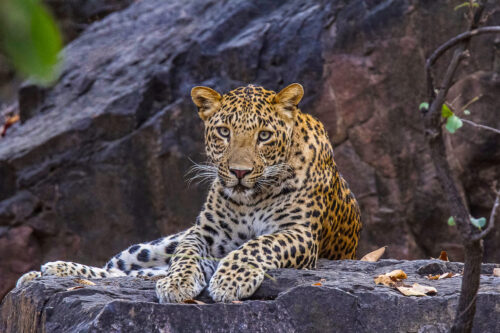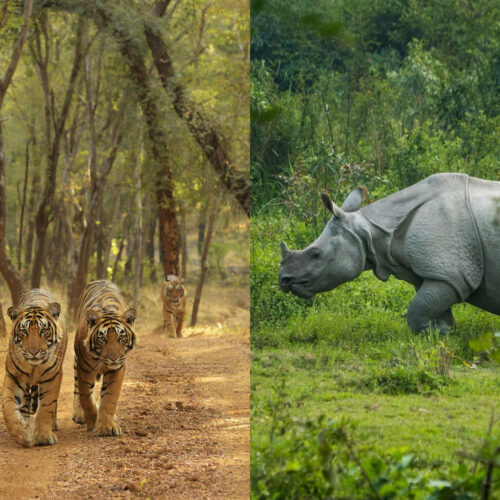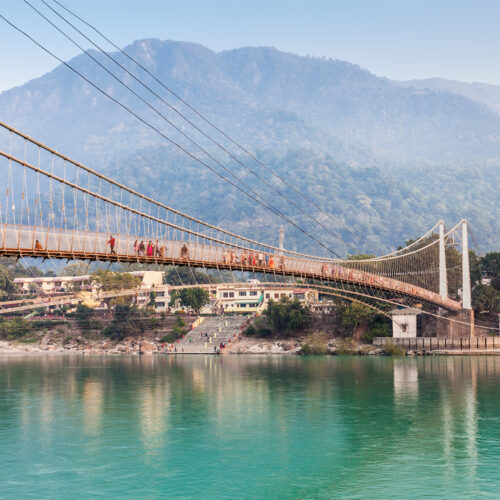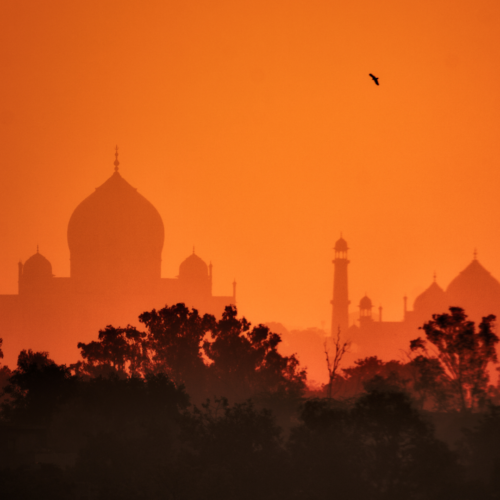A spectacular array of big cat species can be found roaming India’s breathtaking national parks and wildlife reserves. There exists five in particular though, recognised for their fearless character and majestic presence, which continue to captivate and inspire far beyond their own habitats.
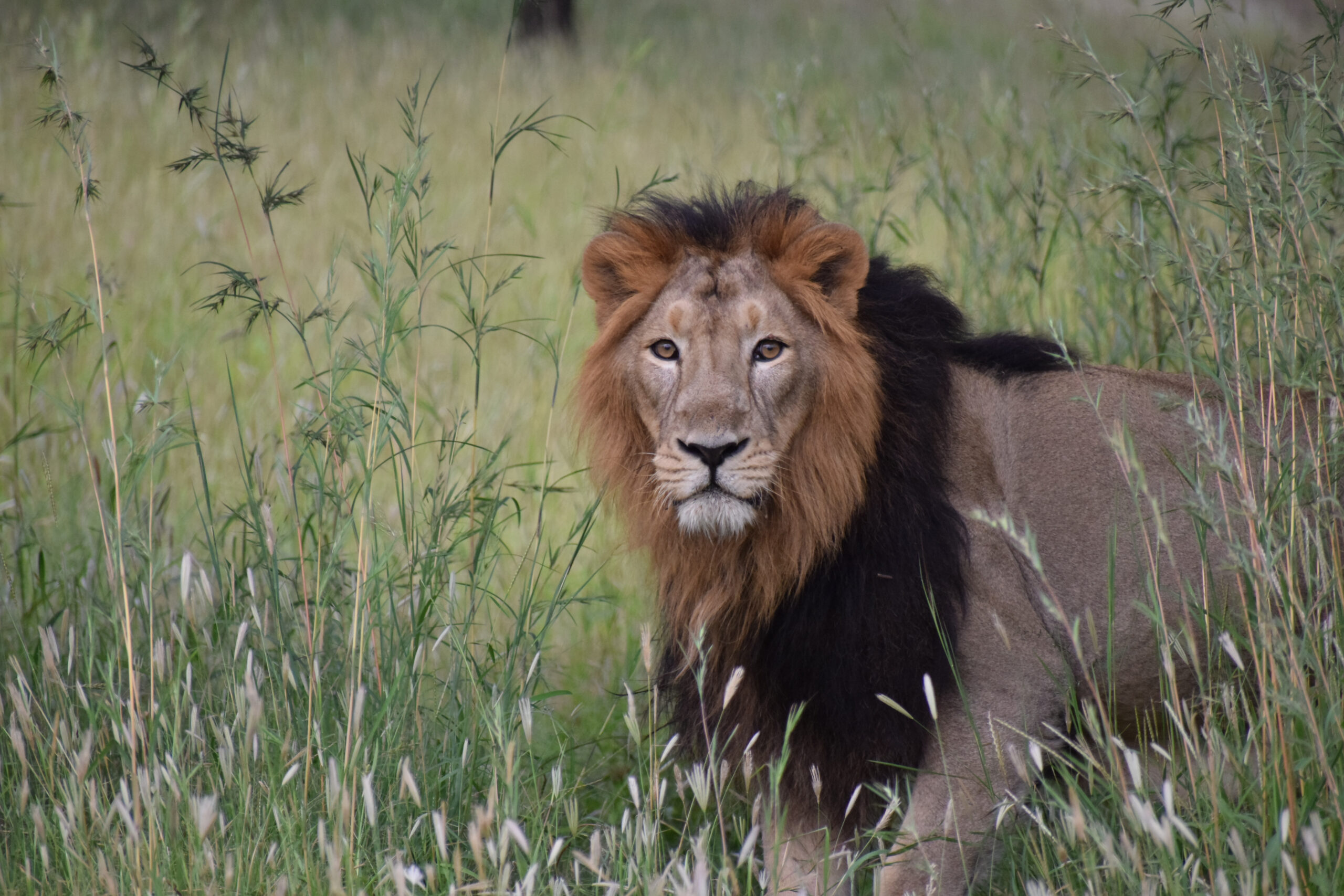
Asiatic Lion
Whilst native to the Indian subcontinent, today the Asiatic Lion can only be located amongst the Gir Forest National Park in Gujarat, western India. With the reserve itself considered a Protected Area, conservation efforts in recent years have resulted in a steady growth of the lion’s population. It is the concerted effort of travellers and local communities alike that can ensure the preservation and protection of these magnificent creatures.
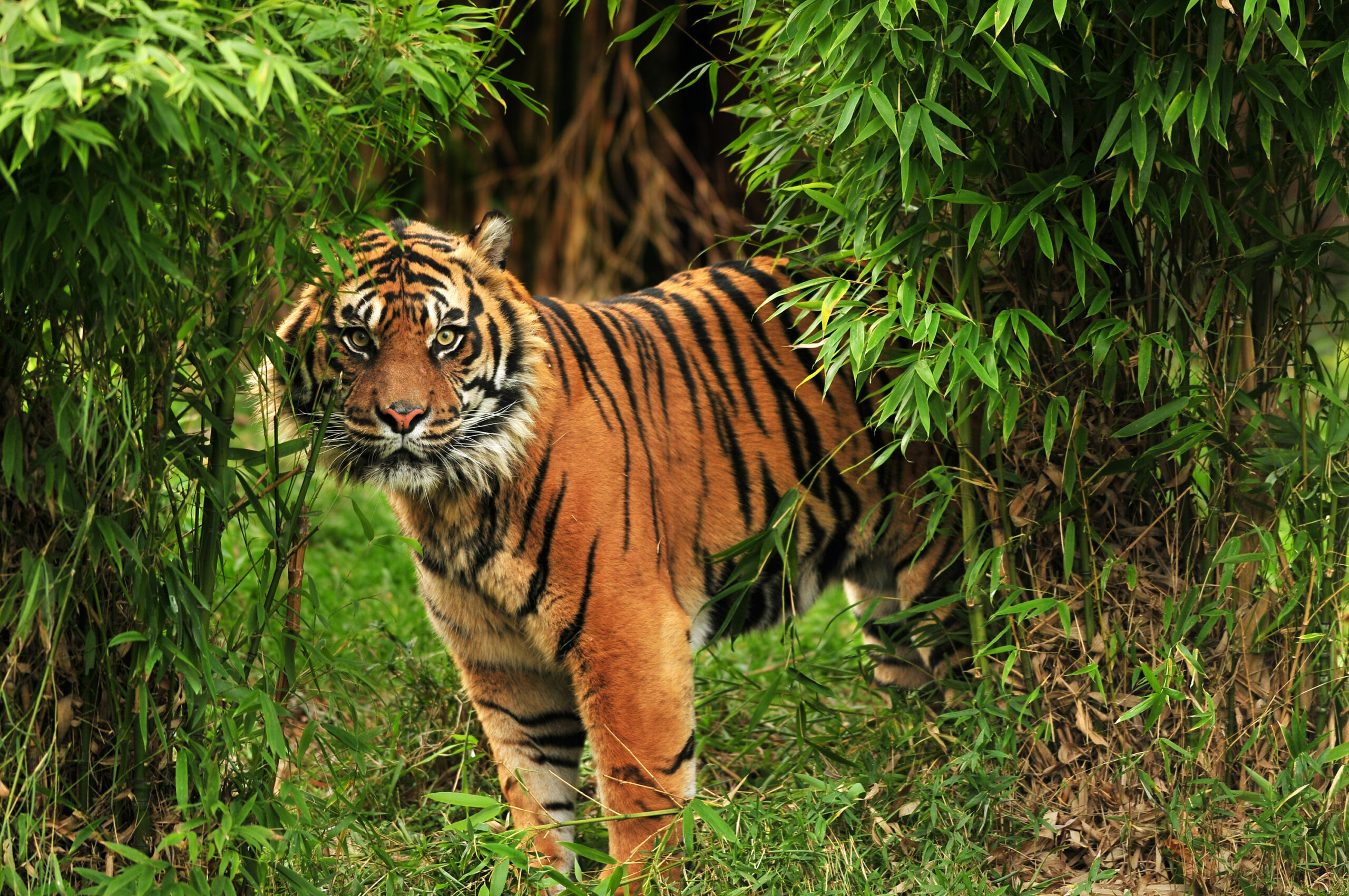
Synonymous with protection, strength, and bravery; the Royal Bengal Tiger holds a special place within Indian culture. For more than 10,000 years, this striking animal has found itself intertwined with human worship and popular mythology. Such immense significance makes exploring their habitat a truly special opportunity. As of 2021, the National Tiger Conservation Authority estimated that less than three thousand tigers remained in India, where they primarily inhabit reserves such as the Jim Corbett and Ranthambore National Parks.
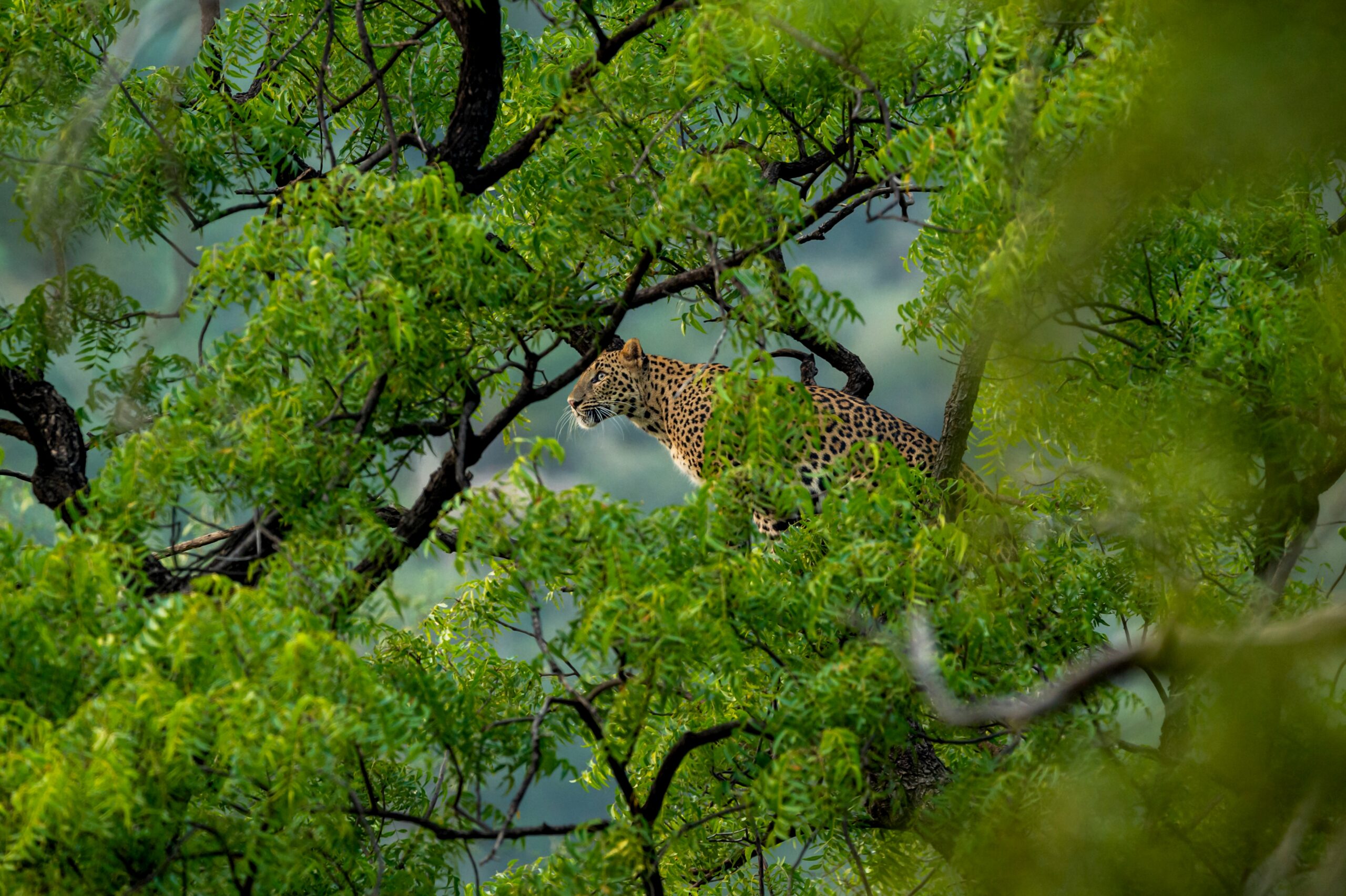
Indian Leopard
The striking golden-yellow coat of the Indian Leopard, decorated with its signature dark rosettes, makes for one of the most recognisable and captivating features of India’s vast landscape. This solitary predator is most often found across forested habitats since, as primarily opportunist hunters, they rely on trees for cover. When it comes to spotting these exquisite creatures, they can be sighted across a few national parks and dedicated leopard reserves, often co-existing with rival predators such as the Bengal Tiger.
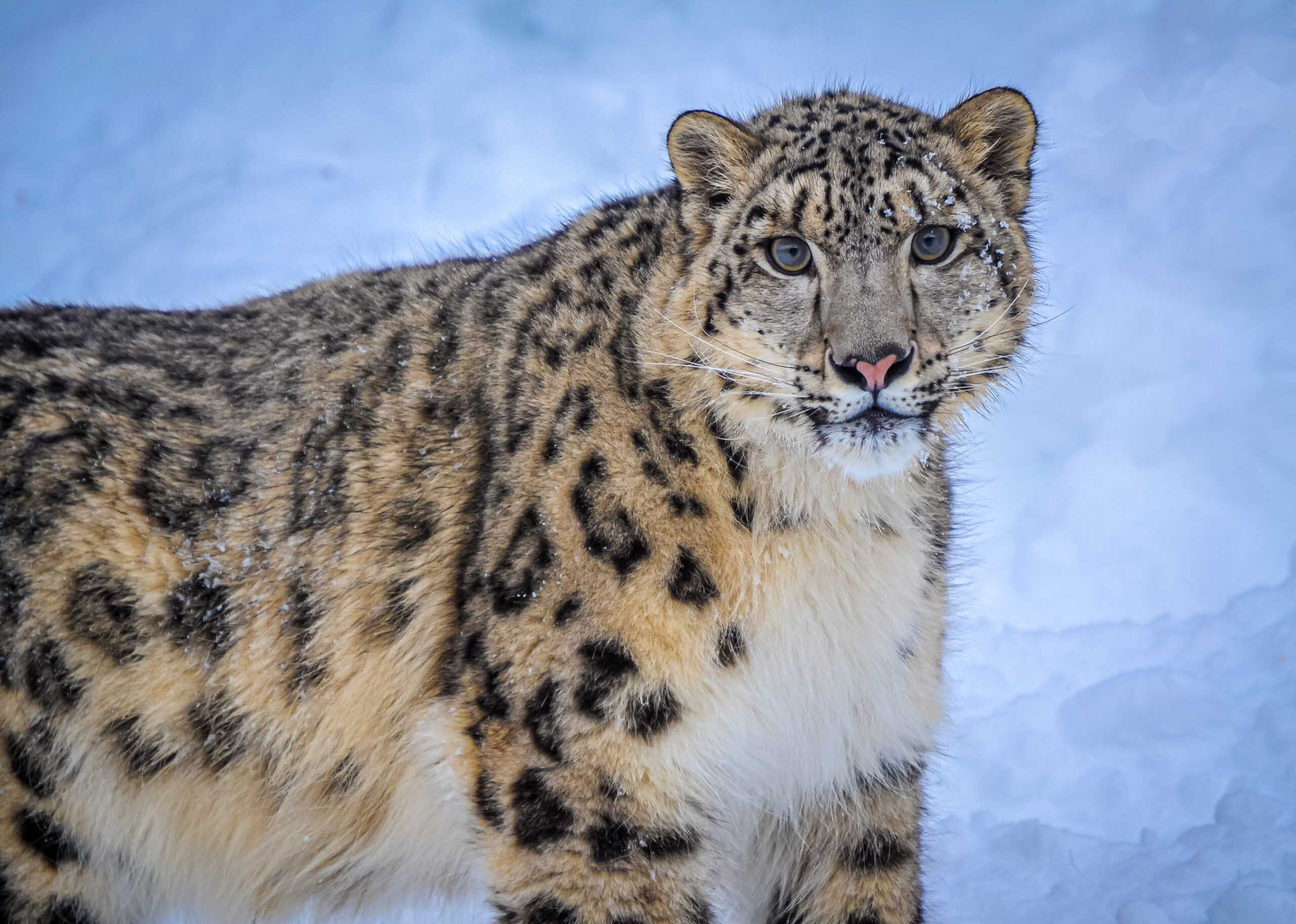
Snow Leopard
Located throughout the mountainous landscape of the Himalayas, at heights of between 3,000 – 5,000 metres, the Snow Leopard’s hostile habitat ensures it remains one of India’s most mysterious big cats. As their thick, grey fur seamlessly blends in with the surrounding terrain, their remarkable adaptability can make them notoriously difficult to spot. Between the months of January to March is considered the best time to experience the Snow Leopard’s habitat, when they are most likely to descend into the warmer valleys in search of prey.
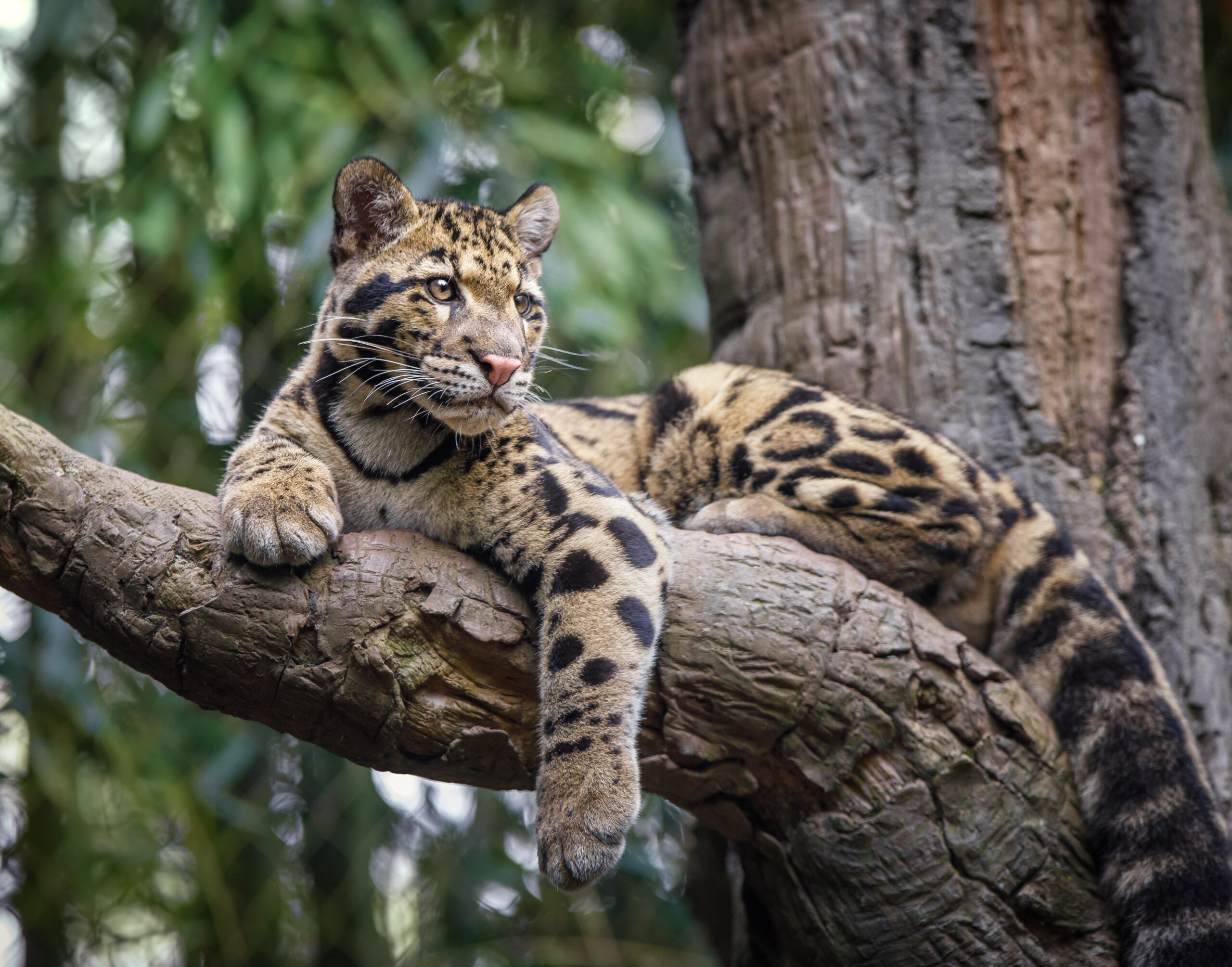
Clouded Leopard
Favouring dense forests amongst the foothills of the Himalayas, the enigmatic Clouded Leopard can be characterised by its coat of beautiful cloud-esque rosettes, alongside its short legs and impressively long tail, making it perfectly suited to balancing amongst treetops and uneven terrain. As perhaps the least-well known amongst India’s ‘Big Five’, this elegant yet elusive animal symbolises the magic and diversity of India’s less-frequented regions.
India’s ‘Big Five’ embodies the varied yet precious nature of a shared ecosystem, alongside the need for continued education and protection of each spectacular species. Curate a truly awe-inspiring and tailor-made experience to explore India’s big cats, together with our local experts.
Image Credits: Indian Leopard by RealityImages © Shutterstock; Asiatic Lion by Anand Vachhani © Shutterstock; Bengal Tiger by neelsky © Shutterstock; Indian Leopard by Sourabh Bharti © Shutterstock; Snow Leopard by Holly S Cannon © Shutterstock; Clouded Leopard by jdross75 © Shutterstock.
